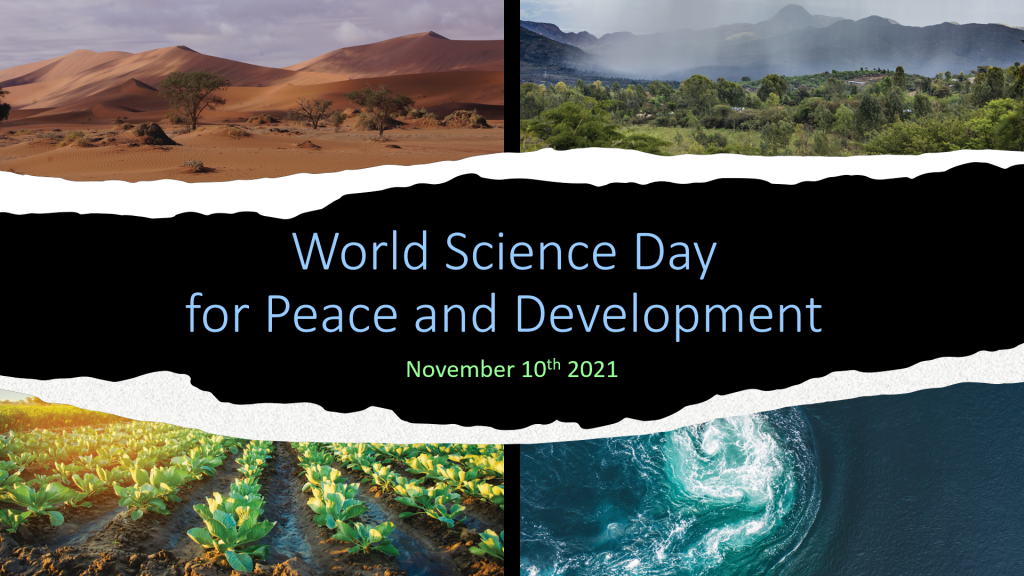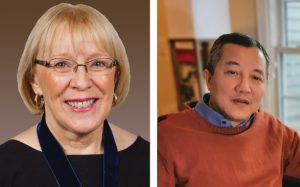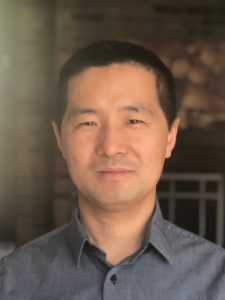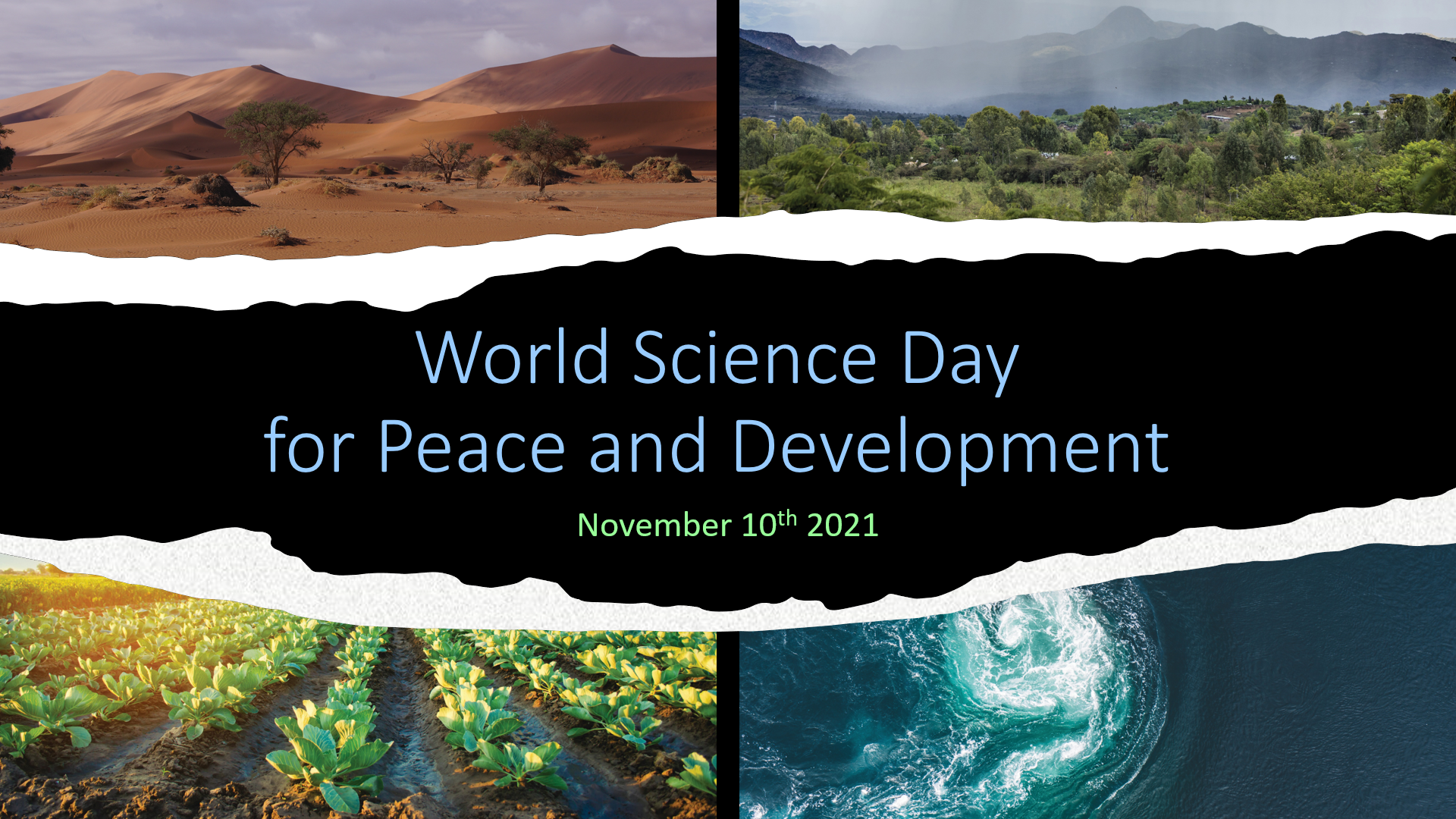Building climate-ready communities

Celebrating its 20th anniversary, the UN’s World Science Day for Peace and Development takes place on Wednesday 10th November – a day highlighting the role science plays in peaceful and sustainable societies, and celebrating the sharing of science between countries.
The theme for this year’s WSDPD is ‘building climate-ready communities’. We know there are dedicated scientists all around the world who are doing just that – here are a few:

How past climate clues can help predict the future
Being ‘climate-ready’ demands we are prepared for different eventualities – understanding what climate change could mean for the future enables human society to be more resilient. Climate scientists Professor Zhengyu Liu, of Ohio State University, and Dr Bette Otto-Bliesner, of the National Center for Atmospheric Research in Colorado, have joined forces to build models that simulate what the planet’s climate has been through over the last 21,000 years, because, as Liu says, “To predict the future, we need to know the .”

The water of life: where does desert fog come from?
As Earth’s climate warms, hydrologists predict that the water contained in drylands will become even scarcer, making the future of these ecosystems increasingly uncertain. Professor Lixin Wang, a hydrologist at Indiana University-Purdue University Indianapolis (IUPUI), studies the formation and origins of fog and dew in drylands around the world. His results are providing important insights into how these environments are changing, and how the organisms that live there will need to adapt to survive.

What lies beneath: digging Into the soil microbiome
Ensuring food sustainability for a growing global population in a changing climate is a big challenge – one that microbiologists are already tackling. “To feed the world’s population, we need healthy soils that nourish our crops,” says Dr Jeremy Chacón, a microbial ecologist from the University of Minnesota. “Understanding soil ecosystems helps us understand how to keep the soil healthy.” Jeremy is part of a collaboration of five teams of researchers, two from the University of Manchester in the UK and three from the University of Minnesota in the US. Sharing their knowledge, the teams have joined forces to understand the complex interactions going on beneath the soil’s surface.
*
HRH Princess Sumaya bint El Hassan, UNESCO Special envoy for Science for Peace, says, “Science is our best hope for a bright and equitable future. The challenges are grave, and we must all work together to tackle them. We must share our knowledge and support one another so that we may realise our full potential as a human family.”
We could not agree more. Happy World Science Day for Peace and Development!

